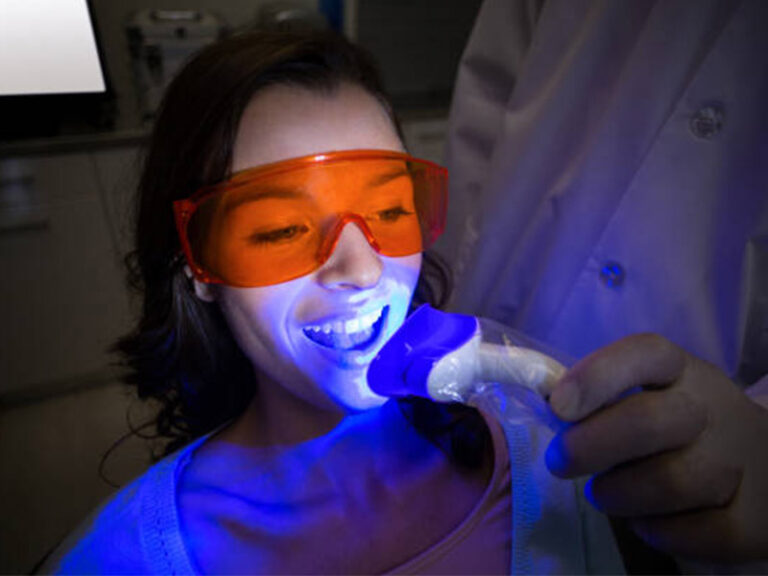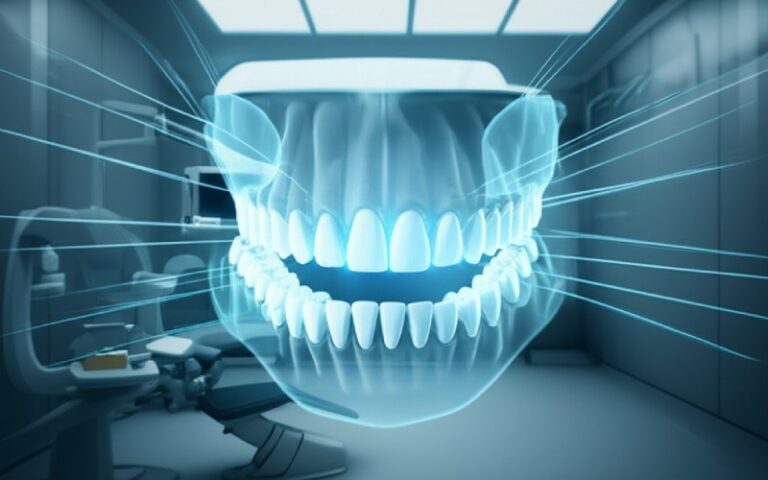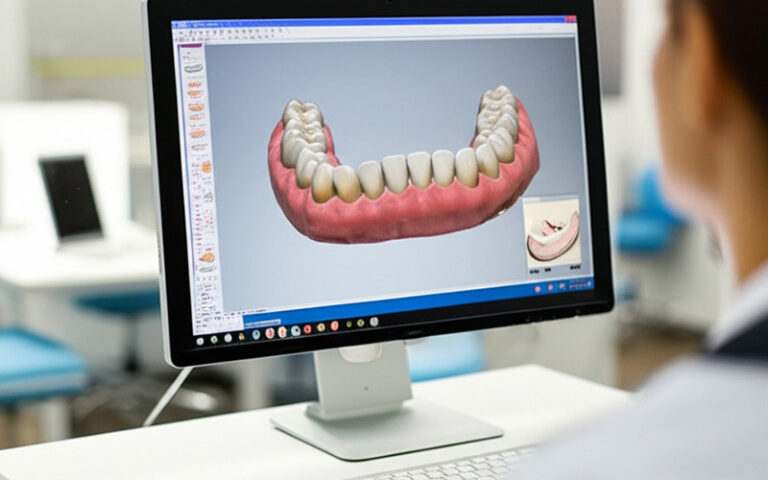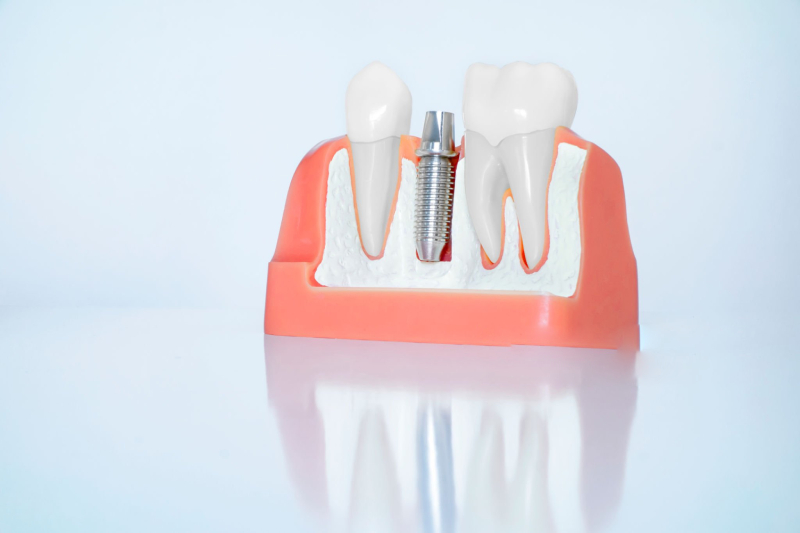
How an Implant Surface Coating Can Enhance the Osseointegration of Dental Implants
What makes one implant better than another. The answer is often on the surface. Literally. It’s all about the implant surface, and the special coating or surface modification it might have. In this article, we’ll explore how scientists are using implant surface coatings to help your body heal faster and bond stronger to an implant. This information can help you have a better talk with your dentist about your own Zahnimplantate.
Inhaltsübersicht
What Is Osseointegration and Why Does It Matter for My Implant?
The word “osseointegration” sounds complicated, but the idea is simple. It’s the natural process where your jawbone grows directly onto the implant surface. Think of it like a tree root growing into the soil. This direct connection between the bone and implant is what makes a dental implant so strong and stable. It becomes a permanent part of you. The success of the entire implant depends on good osseointegration.
If this process doesn’t happen correctly, you can have problems. Poor bonding can lead to a loose implant and, in the worst cases, implant failure. That’s why scientists in implant dentistry spend so much time studying the osseointegration of dental implants. They want to make the connection between the implant and bone as fast and strong as possible. The goal is to ensure the long-term health and stability of a dental implant. The entire process of osseointegration is critical for a successful outcome after implant placement.
How Do Surface Characteristics Impact Dental Implant Success?
Imagine you are trying to glue two things together. Would you have better luck with two smooth, glossy surfaces or two rough ones? You’d probably choose the rough ones. The glue has more to grab onto. It’s the same idea with a dental implant. The characteristics of the implant surface play a huge role. The role of implant surface is to be the welcome mat for your bone cells. The surface characteristics and their effect on bone growth are a major area of study. A good implant surface invites bone cells to attach and grow.
Two key surface characteristics are surface roughness and surface energy. A rougher implant surface gives bone cells more places to anchor. This is why a modern implant is not perfectly smooth. High surface energy also helps. Think of it like a magnet for water and cells. A hydrophilic surface, which means it attracts water, has high surface energy. This kind of surface may help proteins and cells stick to the implant surface better. The high surface energy enhances cell attachment, which is the first step to better osseointegration. A good implant topography is vital.
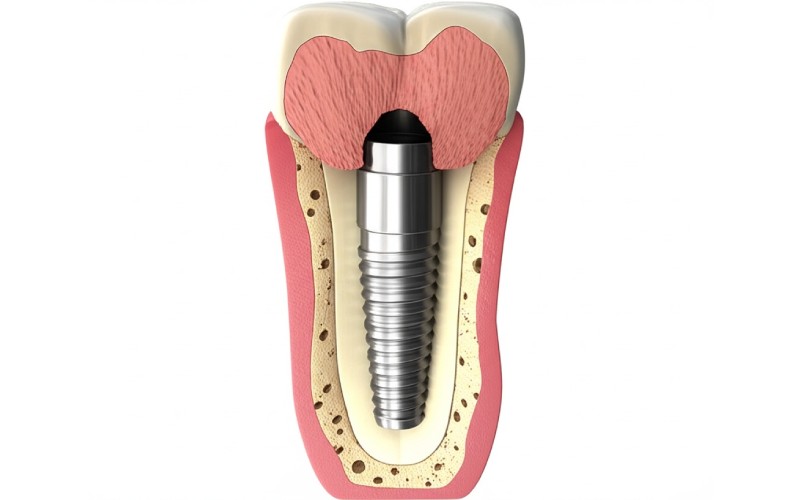
Why is a Titanium Implant the Most Common Implant Material?
When it comes to making a dental implant, one material stands out: titanium. You’ve probably heard of it in airplanes or high-end sports gear. In medicine, it’s a superstar. A titanium implant is used because it is biocompatible. This means our bodies don’t see it as a foreign invader and attack it. The body accepts the implant material. This is true for both dental implants and an orthopedic implant.
But just using titanium isn’t enough. The basic titanium surface is good, but it can be made great. Researchers discovered that by changing the implant surface, they could dramatically improve osseointegration. This led to the whole field of surface modification of dental implants. The goal is to take a great implant material and make its surface properties even more inviting to bone. A titanium implant surface can be engineered to heal faster and bond stronger. Even the best titanium dental implants can be improved with a smart surface modification.
What Are Dental Implant Surface Modifications?
Surface modification is just a fancy term for changing the implant surface to make it better. Think of it like customizing a car. You can add things to it (like a coating) or change its existing parts. These surface modification techniques are designed to help the osseointegration of dental implants. A surface modification can change the texture, the chemistry, or the energy of the implant’s surface. This is a key part of modern implant design.
There are two main ways to do this. One is to add something to the implant surface. This is called an additive process, and it includes adding a surface coating. The other way is to take something away or change the existing titanium surface. This is a subtractive process. It includes methods like sandblasting or acid-etching. Both methods aim to create an implant surface that will promote osseointegration. The surface modification makes the implant more than just a titanium screw; it makes it an active participant in healing. The study of implant surface modifications on osseointegration is a big part of implant dentistry.
Can an Implant Coating Really Accelerate Osseointegration?
Yes, it absolutely can. This is where things get really exciting. A surface coating on an implant acts like a special messenger. It tells your body’s bone cells, “Hey, this is a friendly surface! Come here and build new bone.” This special implant coating can help accelerate osseointegration. This means you get a strong, stable implant faster. Faster healing is called rapid osseointegration, and it’s a big goal in implant dentistry.
This coating isn’t just paint. It’s a bioactive layer. Bioactive means it can interact with your body’s living tissues. This coating on titanium can contain minerals that your bone is made of. When your body sees these familiar minerals on the implant surface, it gets to work building new bone around the implant right away. The effects of implant surface coatings can lead to stronger early osseointegration. A good coating can significantly improve the degree of osseointegration.
What is a Hydroxyapatite Coating on a Titanium Implant?
One of the most popular and effective types of surface coating is the hydroxyapatite coating. Hydroxyapatite (or HA) is a mineral that is the main component of our bones and teeth. When you put a hydroxyapatite coating on a titanium implant, you are essentially camouflaging the implant. The implant surface now looks and feels like natural bone to your body. It’s a very clever trick.
This HA coating helps to enhance osseointegration. Bone cells are more likely to attach to a surface that they recognize. This HA coating can speed up the healing at the implant site. The bone forms a direct chemical bond with the HA coating, making the connection between the bone implant and jaw extremely strong. Many studies show that an implant with an HA coating can achieve a stronger bond than an uncoated implant. It is one of the most studied coatings for dental applications.
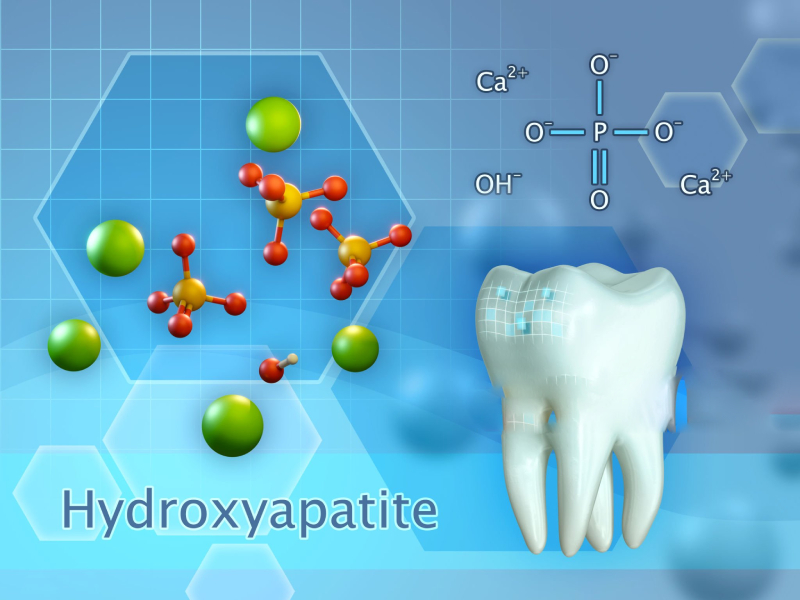
What Other Surface Treatment Methods Improve a Titanium Implant Surface?
Besides adding a coating, there are other ways to change the implant surface. A very common surface treatment is called SLA. This stands for Sandblasted, Large-grit, and Acid-etched. First, the titanium implant is blasted with tiny particles, like a very fine sandblasting. This makes the titanium implant surface rough. Then, it’s washed with acid. This creates tiny pits on the rough surface. An SLA surface is a type of surface treated to be very complex.
This process dramatically increases the surface area. A larger surface area gives bone cells more room to grow. The complex surface structure of a sandblasted and acid-etched titanium implant provides the perfect landscape for bone to lock into. Another method creates an anodized surface, which also changes the texture and chemical nature of the titanium surface. All these surface treatments of titanium dental technologies aim for one thing: creating a better home for bone cells to thrive on the implant surface. The effect of titanium surface roughness is a key factor.
How Does the Functionalization of Dental Implant Surfaces Work?
Now we are getting into the future of implant dentistry. The functionalization of dental implant surfaces is about making the implant surface “smart.” It’s more than just adding a passive coating. A functionalized implant surface is an active implant surface. It can be designed to carry and release things like growth factors, proteins, or even medication right at the implant site.
Imagine an implant surface that not only welcomes bone cells but also gives them a dose of a growth-promoting substance. This could lead to even more rapid osseointegration. This advanced type of surface modification could be especially helpful for patients who have trouble healing. The functionalization of dental implant surfaces is a hot area of research. It aims to create a modified implant that actively manages the healing process around implant structures. This advanced surface may prevent infection and further promote osseointegration.
What Does Research Tell Us About the Impact of Dental Implant Surface?
Many studies, including more than one systematic review, look at this very topic. A systematic review gathers all the best research on a subject to find a reliable answer. The evidence is very clear. The impact of dental implant surface on success is huge. Implants with different surface properties perform differently.
Studies done in labs (vitro and in vivo experiments, including one osseointegration in a rabbit model) consistently show that a modified implant surface performs better than a smooth, machined one. Whether it’s an SLA surface, an anodized surface, or one with a hydroxyapatite coating, the results point to better osseointegration. Research published in journals like Clin Implant Dent Relat Res shows a modified implant has a higher success rate. A surface compared to a simple one shows better results. This confirms the importance of the characteristics of the implant surface. The influence of implant surface design is undeniable.
So, What Should I Ask About My Dental Implant Surface?
You can ask about the type of implant they plan to use. You can ask about its implant surface characteristics. Is it a surface treated implant? Does it have a special implant coating?
Knowing about the different oral implant surfaces empowers you. It helps you understand why your dentist chose a particular implant. It’s not about telling the expert what to do. It’s about being an active partner in your own health. Understanding the technology behind your orthopedic implant or dental implant, like its implant geometry and implant surface, can give you peace of mind. You can feel confident that you are getting a modern implant designed to enhance the osseointegration for a strong, lasting result.
Wichtigste Erkenntnisse:
- Osseointegration is Key: This is the process of your bone fusing with the implant. It is the foundation of a successful dental implant.
- The Surface Matters Most: The implant surface is the first thing your body interacts with. Its characteristics, like roughness and energy, are critical.
- Titanium is the Standard: A titanium implant is the most common implant material because it is biocompatible.
- Modification is Improvement: Surface modification and adding a surface coating can make a good implant even better.
- Coatings Can Speed Healing: A coating, like an HA coating, can help accelerate osseointegration, leading to a faster, stronger bond.
- Ask Your Dentist: Don’t be afraid to ask about the type of implant and its specific dental implant surface. Knowledge helps you be a partner in your care.

